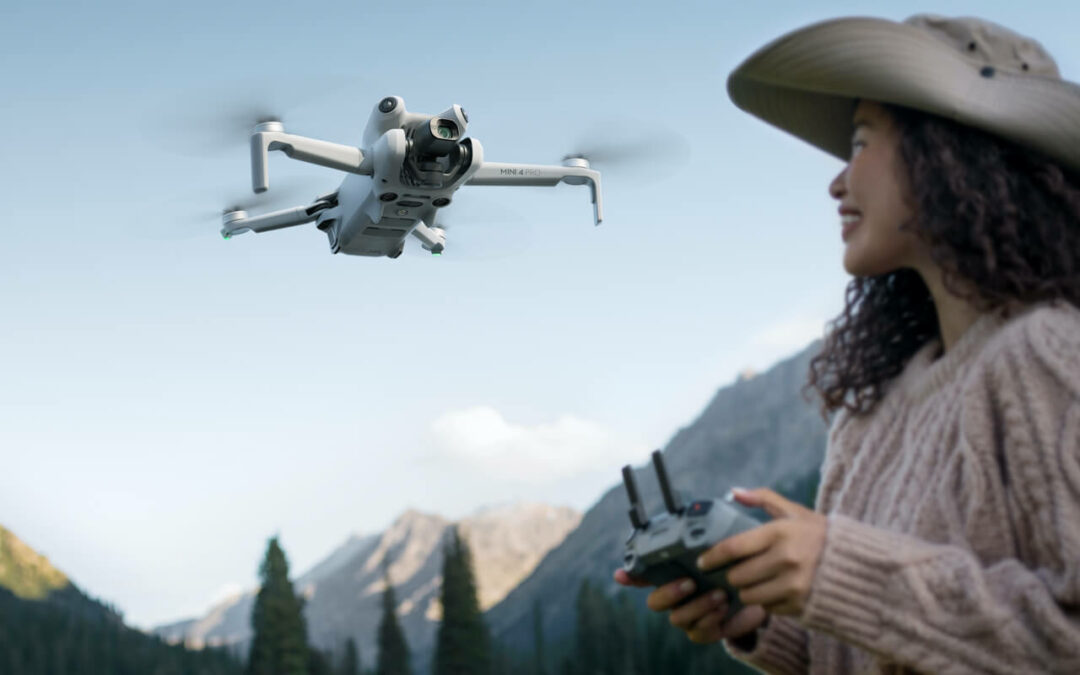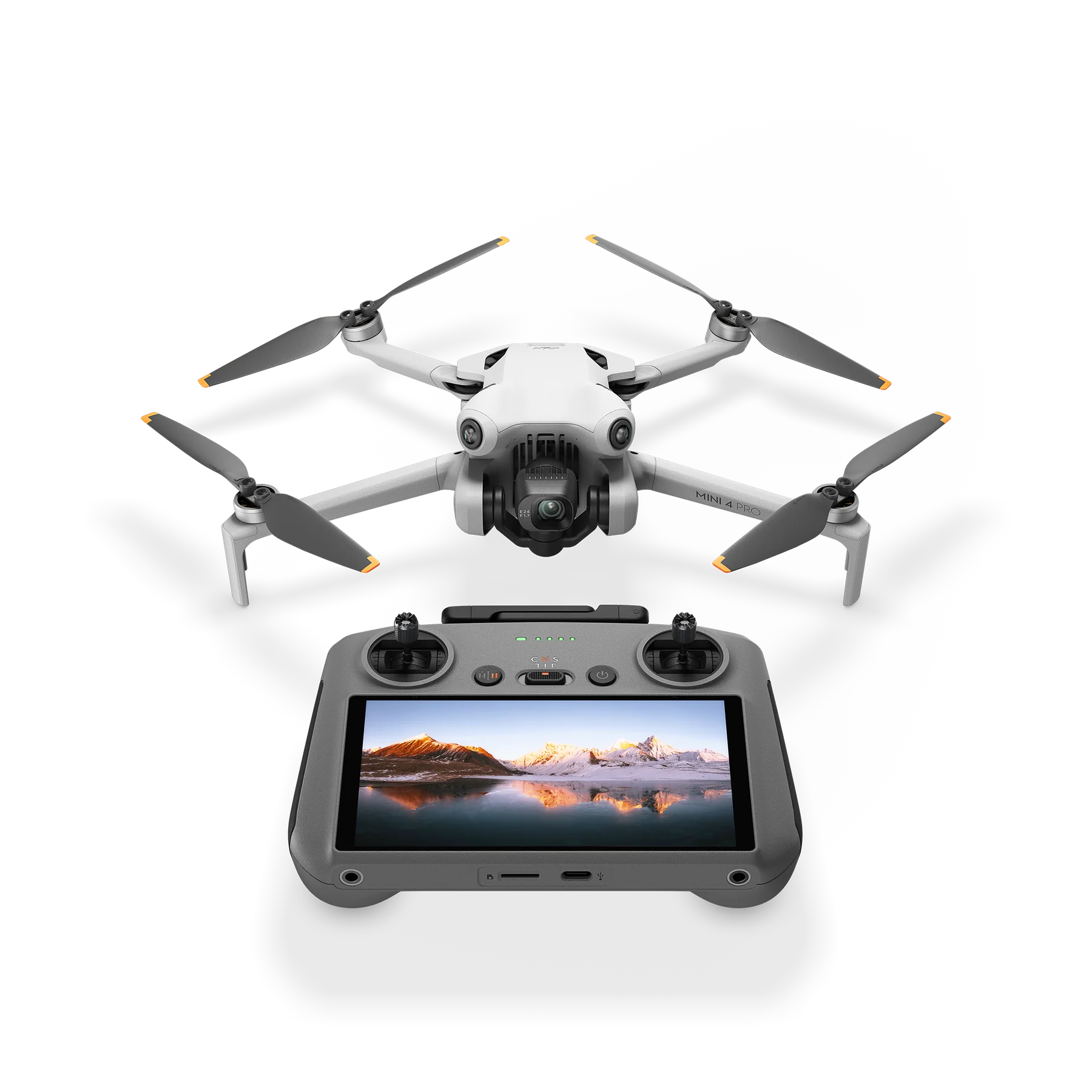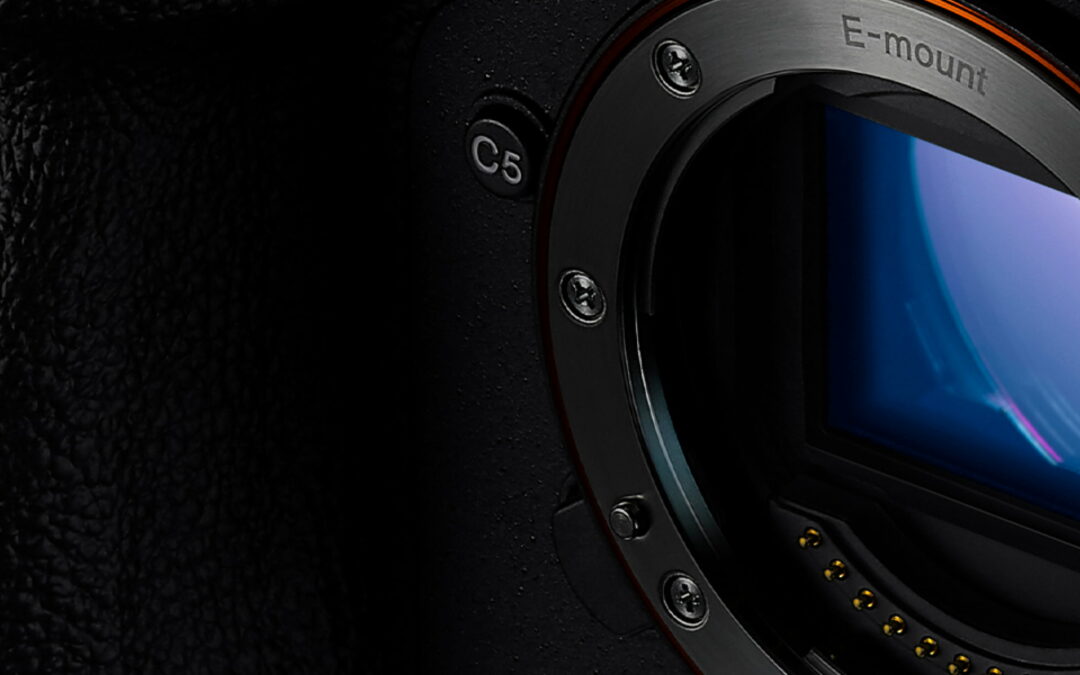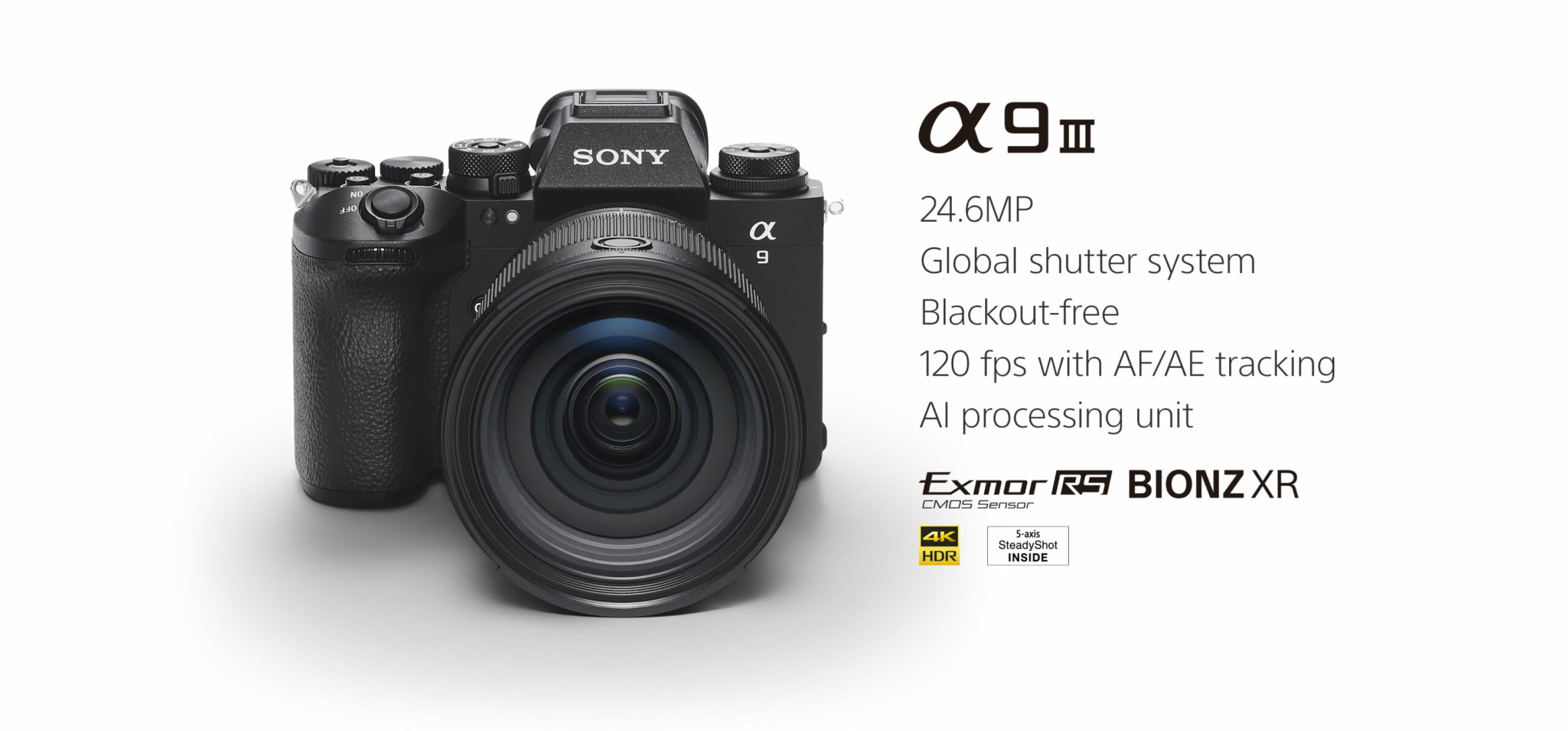
DJI’s Mini 4 Pro is what the 3 Pro should be
DJI’s Mini 4 Pro is what the 3 Pro should be
Should you get the DJI’s new Mini 4 Pro drone? The short answer is YES if you are considering to buy a new drone. I will go with a NO if you are looking to upgrade from Mini 3 Pro.
The Mini 4 Pro is everything I expected the Mini 3 Pro to be. Especially because of the “Pro” in the name. I had the Mini 2 but that crashed into a tree irrecoverably on its second flight. So I was paranoid when I was using the Mini 3 Pro. Its obstacle sensors helped but why did it only do sideways, no idea. It used a different battery from the mini 2 so that was a bummer. Image quality was impressive for such a little guy. But 60fps looked terrible. There were plenty of limitations especially in the tracking department.
Now Mini 4 Pro has fixed most of the issues. It has a true sensor that senses all around for obstacles. Though you shouldn’t rely on it, it definitely saves you in some instances. I also find it more responsive and the image quality a lot better cause of the true support for 60fps. The new remote requirement is highly inconvenient though. There is a new type of connectivity so to take advantage of that, you need the new remote. I just wish they would’ve made it backwards compatible so you could use the old tech for those that don’t need the new connectivity. The tracking tech has been taken up a notch as well. All around this a better Mini 3 Pro. Still coming it right under 250 grams.
Worth the upgrade? Not really. But worth the price increase if you are buying new? YES!



